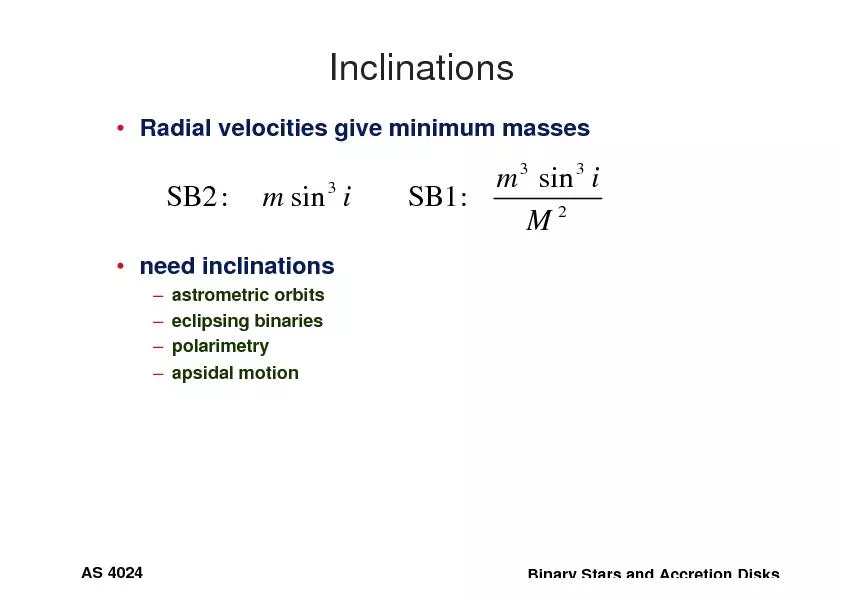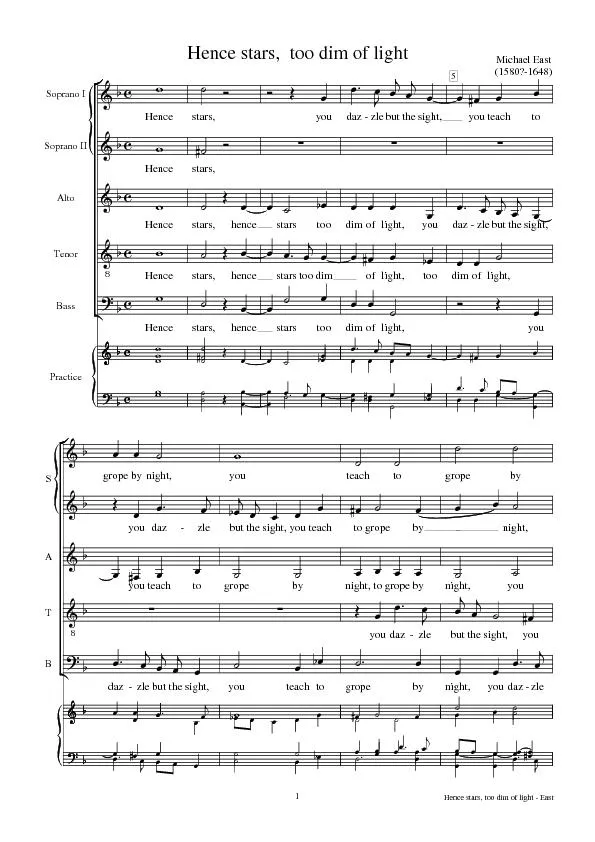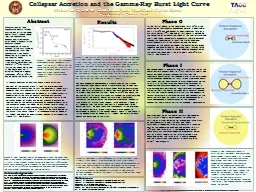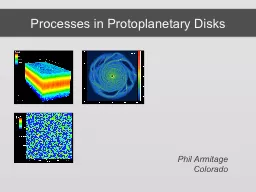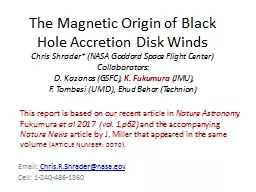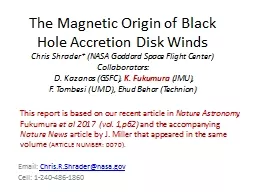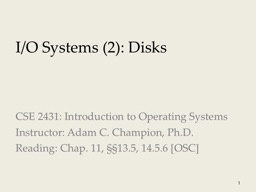PDF-Binary Stars and Accretion Disks
Author : luanne-stotts | Published Date : 2016-04-27
AS 4024 InclinationsRadial velocities give minimum masses149need inclinations150 orbits150eclipsing binaries150apsidal motion 333 AS 4024 Binary Stars and Accretion
Presentation Embed Code
Download Presentation
Download Presentation The PPT/PDF document "Binary Stars and Accretion Disks" is the property of its rightful owner. Permission is granted to download and print the materials on this website for personal, non-commercial use only, and to display it on your personal computer provided you do not modify the materials and that you retain all copyright notices contained in the materials. By downloading content from our website, you accept the terms of this agreement.
Binary Stars and Accretion Disks: Transcript
Download Rules Of Document
"Binary Stars and Accretion Disks"The content belongs to its owner. You may download and print it for personal use, without modification, and keep all copyright notices. By downloading, you agree to these terms.
Related Documents

